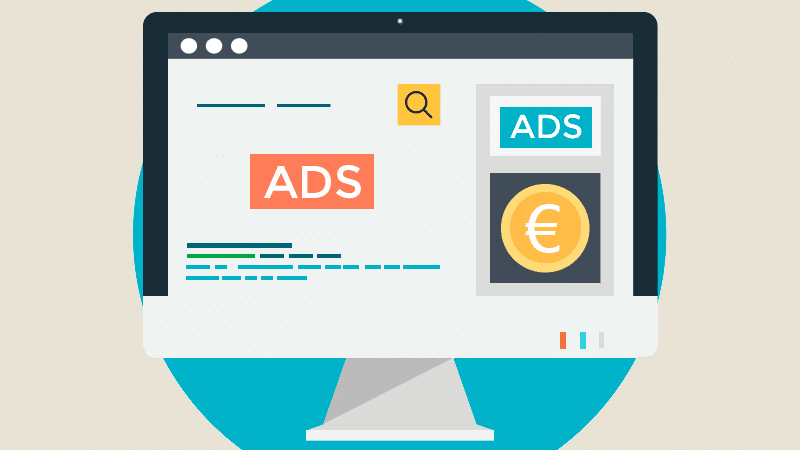What Is Ecommerce Website Design and Why It Matters for Your Business

Introduction
In the digital age, eCommerce has become one of the most popular ways to buy and sell products and services. But what makes a great eCommerce website? It's not just about adding products to a shopping cart and processing payments. eCommerce website design is crucial for creating a seamless, engaging, and user-friendly experience that encourages visitors to make a purchase.
In this article, we’ll explore what eCommerce website design is, why it’s essential for your business, and how you can optimize your site for a better user experience and higher conversion rates.
What Is eCommerce Website Design?
At its core, eCommerce website design refers to the creation and structure of a website that allows businesses to sell products and services online. This includes everything from the layout of the homepage to the way product pages are organized. The goal is to design a site that is not only visually appealing but also functional and easy for customers to navigate.
Some key aspects of eCommerce website design include:
- Product pages that display clear images, descriptions, and prices
- Secure payment gateways for a smooth checkout experience
- Search functionality that helps users find products quickly
- Responsive design that works well on mobile, tablet, and desktop devices
The design of your website directly impacts how users interact with your brand. A well-designed eCommerce site creates a sense of trust and professionalism, encouraging visitors to complete their purchases.
The Importance of eCommerce Website Design
Your eCommerce website serves as the online storefront for your business. It’s where potential customers go to explore your products, learn about your brand, and ultimately make a purchase. Here are some key reasons why eCommerce website design is so important:
1. First Impressions Matter
The design of your website is often the first interaction a customer has with your business. If your website looks outdated or difficult to navigate, users may quickly leave and turn to your competitors. A modern, professional, and user-friendly design builds credibility and keeps visitors on your site longer.
2. Improved User Experience (UX)
A well-structured website design makes it easy for customers to browse, search, and shop. An intuitive layout with clear product categories, filters, and search bars ensures a smooth shopping experience. User experience (UX) is crucial in keeping your customers happy and preventing them from abandoning their carts.
3. Mobile Responsiveness
With more people shopping on mobile devices than ever before, having a mobile-friendly website is a must. A responsive design ensures that your eCommerce site adjusts to different screen sizes, making it easy for customers to browse and shop, no matter what device they’re using.
4. Increased Conversion Rates
A well-designed eCommerce website doesn’t just attract visitors—it converts them into customers. By optimizing the design to streamline the checkout process, add trust signals (like customer reviews), and provide clear calls to action (CTAs), you can significantly increase your website’s conversion rate.
Key Features of a Great eCommerce Website Design
A good eCommerce website design goes beyond the aesthetics. It should be functional, intuitive, and designed to drive sales. Here are some essential features every eCommerce website should have:
1. User-Friendly Navigation
One of the most important features of any eCommerce website is its navigation. A cluttered or confusing menu can turn potential customers away. Categories should be clear, and it should be easy for users to find what they’re looking for.
2. High-Quality Product Images
Product images are essential for selling online. High-quality, detailed images give customers a better understanding of what they’re purchasing and help build trust in your products. Including multiple views and zoom features can also enhance the user experience.
3. Simple Checkout Process
A complicated checkout process can lead to cart abandonment. Make sure the checkout process is as simple as possible. Offer multiple payment options, provide guest checkout, and ensure that customers can easily track their orders.
4. Search Functionality
A search bar allows customers to quickly find specific products. If your website has a large inventory, having an effective search tool is critical. It should allow for filtering by categories, price ranges, sizes, and other relevant attributes.
5. Fast Loading Speed
No one likes a slow website. Loading speed is critical for both user experience and SEO. Slow-loading pages can lead to frustrated customers and a higher bounce rate. Optimizing images, reducing unnecessary scripts, and using efficient coding practices can improve loading times.
Best Practices for eCommerce Website Design
To ensure your eCommerce website is fully optimized, consider these best practices:
- Responsive Design: Ensure your site looks great on all devices.
- Clear Calls to Action (CTAs): Direct users to take action, such as "Add to Cart" or "Buy Now."
- Trust Signals: Include customer reviews, security badges, and payment method icons to build trust.
- Streamlined Checkout: Minimize steps in the checkout process to reduce cart abandonment.
- SEO Optimization: Optimize your product pages for search engines to increase visibility.
By following these best practices, you can create an eCommerce website that provides a seamless shopping experience, drives sales, and builds trust with your customers.
Conclusion
eCommerce website design is a crucial aspect of running an online store. It not only affects how your customers perceive your brand but also influences their decision to buy from you. A well-designed site can improve user experience, increase conversion rates, and help your business stand out in a competitive online marketplace.
Investing in a professional, well-structured eCommerce website design will pay off by creating a memorable shopping experience for your customers and driving long-term business success.




